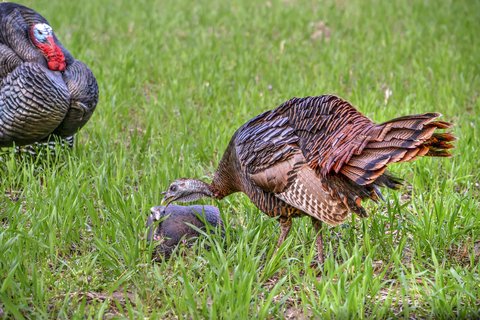Many hunters pay big money for nice turkey decoys and then wonder why they can’t get any birds to come in. The reality is that you have pretty much the same odds with a cheap inflatable decoy as long as it looks real.
It’s not the decoy that attracts the gobblers, it’s the placement and proper number that gets the results. Spring is different than fall when it comes to decoys, so you’ll have to adjust your approach.
Spring is the height of mating season. The mature toms travel together all winter and when it comes time to mate, they start acting very aggressive towards each other. You’ll notice a lot more talking in the spring and usually they come running when they hear a hen call. They’ll also come running when they see another man with their lady. Here’s where lots of hunters make a mistake.
There are a few things to consider about decoys and placement in the spring. At the start of the season, big males have a lot of energy to brawl. The pecking order decides which male gets to mate the most so competition is huge. After a few weeks though, the rest of the males are tired of fighting and opt for an easier catch. If you put out a big scary looking tom decoy during this time, you might intimidate smaller gobblers from coming in.
Also, placing a lot of decoys might have the same results — too much competition. After a few weeks of fighting for hens, the last thing he wants to see is a bunch of toms to fight off. What about just putting a bunch of hen decoys out there? Well, typically he’ll know something’s wrong and might not approach close enough for a shot. Besides, turkeys don’t start flocking until fall and you typically only see a few together.
What I’ve found to work the best is a simple two decoy setup. I like to use a jake and a hen for a couple of reasons. First of all, with the hen decoy, I can attract hens which in turn will attract toms. Second, by using a jake, a perspective gobbler might not be so intimidated by a smaller bird around a hen and will probably be pretty aggressive towards the youngster attempting to get his gal. Remember that males mate for a couple of seconds and then go on to find another hen.
So are decoys even necessary during the spring? If you’re out in the open or sparsely covered woods, decoys are a good bet. If you’re in the thick woods like I usually am, sometimes decoys are a waste of time and effort. I’ve shot some nice toms in the thick. If you’re calling properly, they’ll often come running to your call. Typically, you’ll get a small window to shoot. They would have never seen your decoys anyway because it’s too thick—something to consider.
Turkeys have incredible eyesight and can spot your decoys from a long ways away. Unfortunately, you’ll have to make darn sure you are still and that you have the proper camouflage. It’s a lot less unforgiving when cover is in short supply. Patience is a virtue while working the birds into your decoys but it does pay off. Remember to practice calling and tone it down as he gets close. Spring is a great time of the year to practice calling and decoy placement.
© Brett Bueltel | Dreamstime.com – Young Eastern Wild Turkey Hen
Turkeys
-
Turkey Files
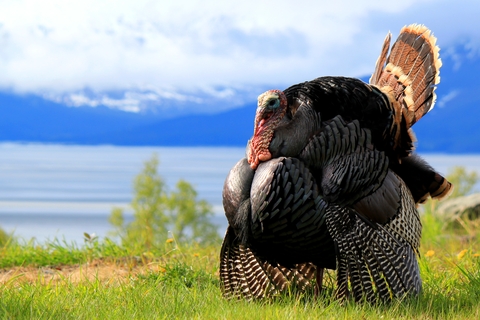
Photo credit: Dreamstime
-
Turkey Files
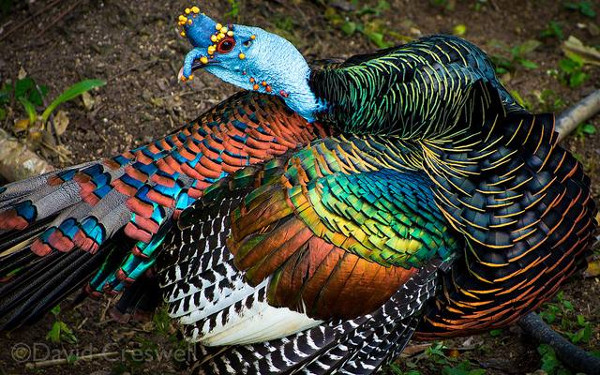
Photo credit: Wikimedia
-
Turkey Files

Photo credit: Dreamstime
-
Turkey Files
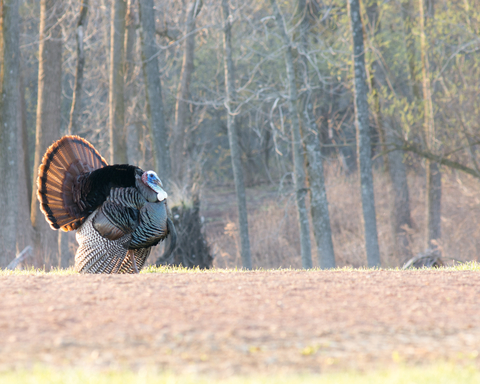
Photo credit: Dreamstime
-
Turkey Files
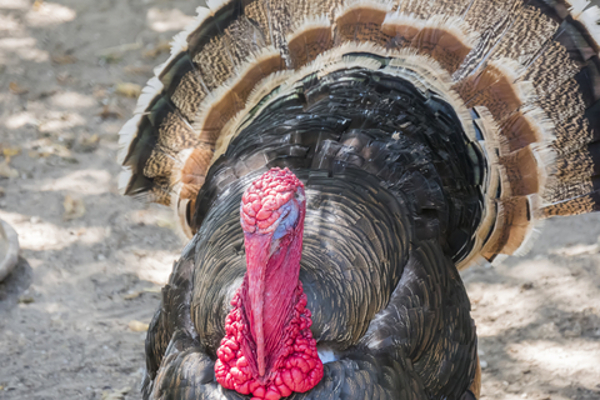
Photo credit: Dreamstime
-
Turkey Files
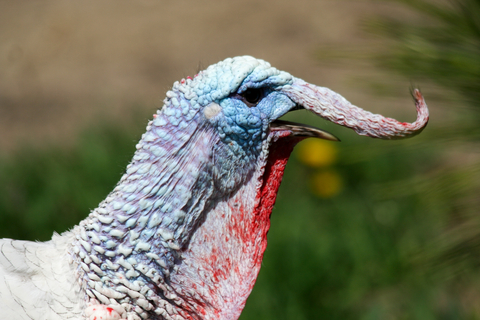
Photo credit: Dreamstime
-
Turkey Files
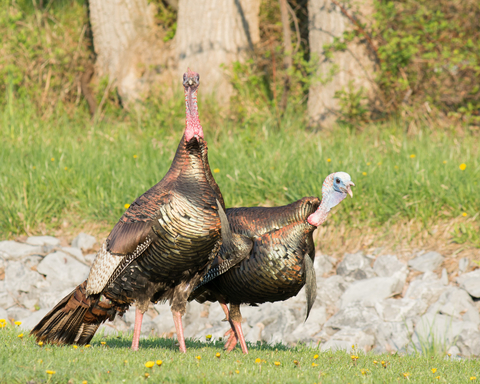
Photo credit: Dreamstime
-
Turkey Files
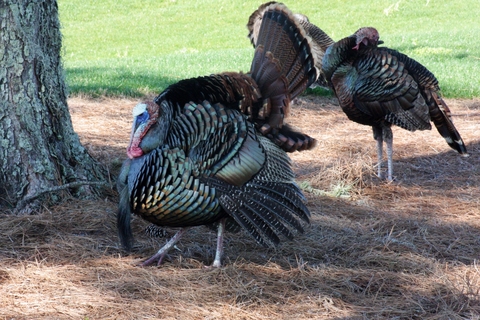
Photo credit: Dreamstime
-
Turkey Files
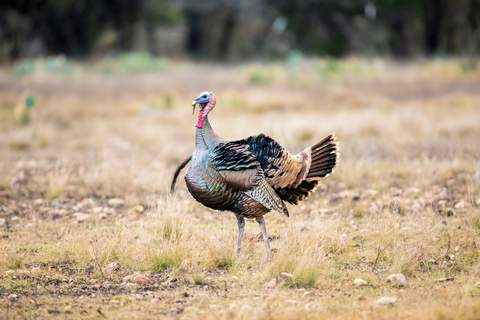
Photo credit: Dreamstime
-
Turkey Files
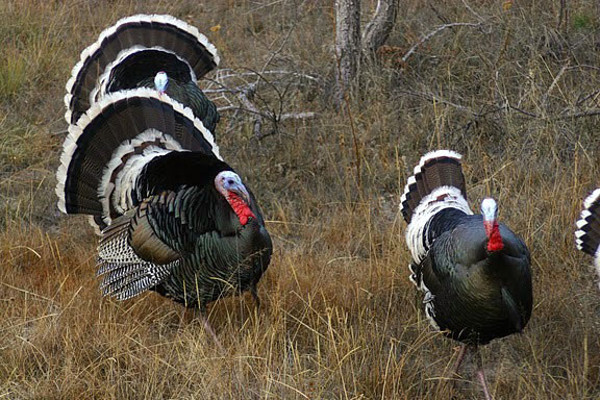
Photo credit: GS Safari
-
Turkey Files
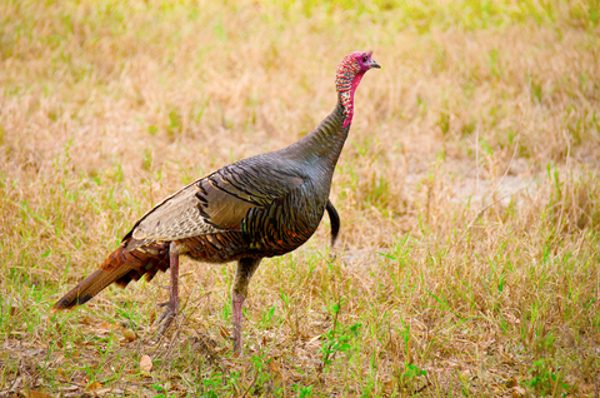
Photo credit: Dreamstime
-
Turkey Files
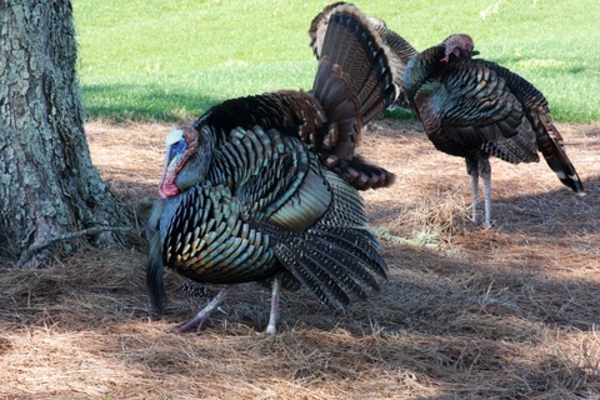
Photo credit: Dreamstime
-
Turkey Files
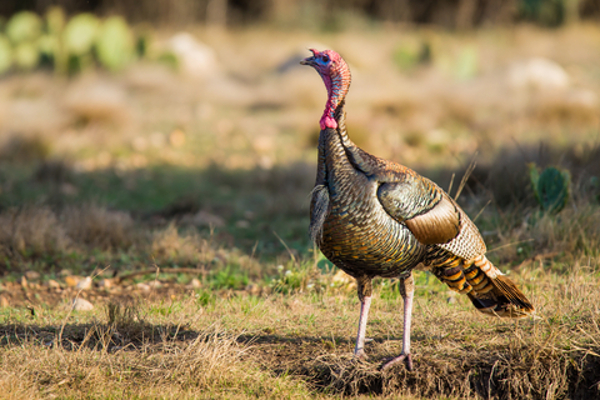
Photo credit: Dreamstime
-
Turkey Files

Photo credit: Flickr CC
-
Turkey Files
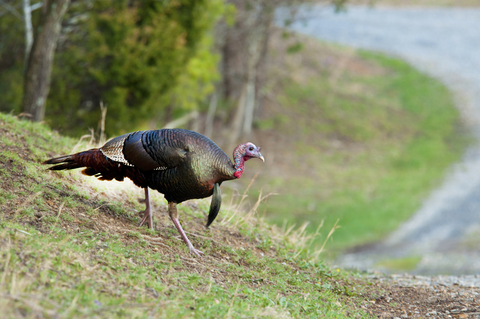
Photo credit: Dreamstime
-
Turkey Files

Photo credit: Dreamstime
-
Turkey Files
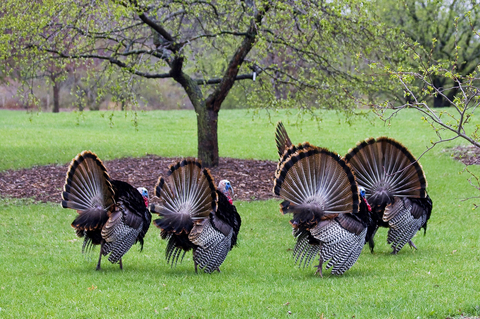
Photo credit: Dreamstime
-
Turkey Files
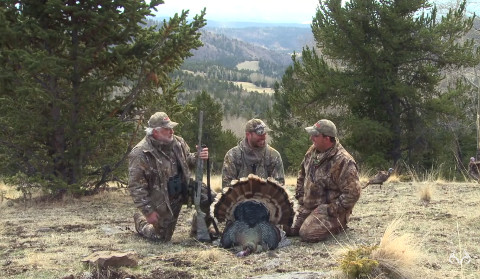
Photo credit: Youtube
-
Turkey Files
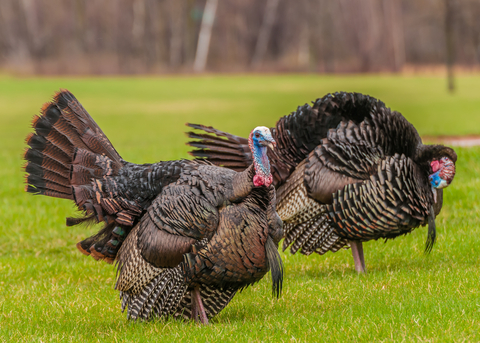
Photo credit: Dreamstime
-
Turkey Files

Photo credit: Dreamstime
